Monty Pythons Flying Circus
An Utterly Complete, Thoroughly Unillustrated,
Absolutely Unauthorized Guide to
Possibly All the References
From Arthur Two-Sheds Jackson to Zambesi
Darl Larsen

SCARECROW PRESS, INC.
Published in the United States of America
by Scarecrow Press, Inc.
A wholly owned subsidiary of
The Rowman & Littlefield Publishing Group, Inc.
4501 Forbes Boulevard, Suite 200, Lanham, Maryland 20706
www.scarecrowpress.com
Estover Road
Plymouth PL6 7PY
United Kingdom
Copyright 2008 by Darl Larsen
All rights reserved. No part of this publication may be reproduced, stored in a retrieval system, or transmitted in any form or by any means, electronic, mechanical, photocopying, recording, or otherwise, without the prior permission of the publisher.
British Cataloging in Publication Information Available
Library of Congress Cataloging-in-Publication Data
Larsen, Darl, 1963
Monty Pythons flying circus : an utterly complete, thoroughly unillustrated,
absolutely unauthorized guide to possibly all the references from Arthur Two-Sheds Jackson to Zambesi / Darl Larsen.
p. cm.
Includes bibliographical references and index.
ISBN-13: 978-0-8108-6131-2 (hardback : alk. paper)
ISBN-10: 0-8108-6131-3 (hardback : alk. paper)
1. Monty Pythons flying circus (Television program)Dictionaries. I. Title.
PN1992.77.M583L37 2008
791.45'72dc22
007052082
 The paper used in this publication meets the minimum requirements of American National Standard for Information SciencesPermanence of Paper for Printed Library Materials, ANSI/NISO Z39.48-1992.
The paper used in this publication meets the minimum requirements of American National Standard for Information SciencesPermanence of Paper for Printed Library Materials, ANSI/NISO Z39.48-1992.
Manufactured in the United States of America.
For Nycole, Keir, Emrys, Brynmor,
Eamonn, Dathyl, Ransom, and Cuchulainn,
and
WPW
Contents
Acknowledgments
Dr. William P. Williams, University of Akron, has followed my progress and been a tireless supporter since our days together as teacher and student at Northern Illinois University, and I thank him again for his assistance and friendship.
Thanks is also extended to these Brigham Young University entities: the Center for the Study of Western Europe, the Kennedy Center for International Studies, the College of Fine Arts and Communications, and the Theatre & Media Arts Departmentproviding generous research and travel grants and wholehearted support for the completion of this project.
The good folks at the British Broadcasting Corporations Written Archives Collection in Caversham Park were both gracious and helpful, allowing unfettered access to production files for the Flying Circus episodes. Thanks, Louise! Making life on the road much more amenable, the very gracious Richard Ogawa and Daniel Brown (and Livingston and Apollo) allowed me to invade their home during all of my research trips to the UK.
Special research thanks must go out to the original gang: Josh Abboud, Jason Allred, Brad Barber, Charlie Bird, Katie Bogner, Lisa Broberg, Jenn Bushman, Marcus Cano, Tawnya Cazier, Corey Chipman, Jeremy Coon, Travis Eberhard, Brian Endicott, Christy Gleave, Kynan Griffin, J.D. Hacken, Tressa Halcrow, Todd Hamilton, Molly Hart, Dan Heder, Sam Hoffman, Melanie Lamb, Cara Poulson, Tim Skousen, Kyle Snarr, Evelyn Steed, Nate Swain, Matt Whitney, Megan Wolfley, and Wyatt Woolley, all intrepid and long-suffering members of the TMA 498R Monty Python course brazenly offered for the first time in 2001. The second such course offering included student researchers David Aller, Dan Barnett, Trevor Campbell, Brandon Conway, Tawni Goldsberry, Brad Haymond, Kimball Maw, Dan Needham, Mike Ormond, Wil Haydt, Jed Robinson, Emily Yu, Stacey Snider, Paul Tuft, and Nat Wells. Of this latter bunch, Stacey Snider continued to work with me as a research assistant, providing compiling and indexical work in recent months. My students and research assistants Randy Astle and Megan Atkinson also provided significant legwork.
Fellow BYU professor Daryl Lee contributed French translations for the Pythons jabberwock French, while Northern Illinois Maria Krull performed the same service for the Italian translations. Id also like to thank my colleagues here in the BYU Theatre & Media Arts program who acted as supporters from the earliest days, including Rodger Sorensen, Sharon Swenson, Dean Duncan, Tom Russell, Tom Lefler, Jeff Parkin, Amy Jensen, and Megan Jones. An interest in the interrogation of literature came to me from one of the great community college professors in the world, Ms. Betty Higdon of Reedley College, whose active influence haunts the edges of this work, and everything I read or write.
Also, warm thanks to my parents, Norbert and Patricia Larsen; Dean Stephen R. Jones; Robert Nelson; Andrew Black; Benji Harry; and Stephen Ryan and the brave folk at Scarecrow Press.
And lastly, a heartfelt thanks to my family including my wife, Nycole, and our seven wonderful childrenKeir, Emrys, Brynmor, Eamonn, Dathyl, Ransom, and Cuchulainn. They put up with Dads long hours and short fuse as this project came to be, and Im very, very grateful.
Introduction
So, what is this?
A fair question, and one asked by not a few of my patient deans, bemused colleagues, confused family members, and the like. My interest in Monty Python began like most anyonesI was young, it was the late-1970s, and they were that silly British group involved in some kind of circus that came on late at night when I was supposed to be abed. I watched a little, and understood as much. The interest was fanned as midnight showings of Monty Python and the Holy Grail and then the naughty Life of Brian visited local movie screens, and later the miracle of VHS tape provided a few treasured episodes of Monty Pythons Flying Circus that could be watched again and again. But it wasnt until Professor William Proctor Williams and I half-jokingly (which also means half-seriously) happened to be discussing the creative language of insult and vilification in Jonsons Volpone and The Alchemist, as well as Shakespeares dimly clever Dogberry in Much Ado About Nothing, that we agreed Monty Python owed a significant debt to these English Renaissance dramatists, and a thesis topic was conceived. The completed dissertationIts Shakespeare: English Renaissance Drama and Monty Python (2000)raised a few eyebrows, but before long became the more respectable Monty Python, Shakespeare and English Renaissance Drama (2003). The die was cast.
So, what is this?
The above explains my interest, but not the project before you. For that we must go, naturally, to The Faerie Queene. In A.C. Hamiltons General Introduction to his 1977 edition of Edmund Spensers epic poem, the esteemed Queens University (Canada) editor ultimately justified the new edition in a single, simple, portmanteau-like dictum: What is chiefly needed to understand the allegory fully is to understand all the words (18). So the Poet Laureates massive, six-book, mythologized celebration of and paean to Elizabeth and the Tudor dynasty can be fathomed by merely reading and understanding the words? Done and done. It sounds simple, of course, until its realized that there are twelve cantos in each book and tens of thousands of words to be understood. And while all the words may have been quite discernible (to the classical scholar, at least) in the sixteenth century, time has deformed English-speaking culture and society and especially its language to such an extent that many of these words have either fallen out of the cultural lexicon or, more often, been gradually transformed themselves, taking on new meanings and fresh, sometimes even contradictory inferences. Hamilton relies on the


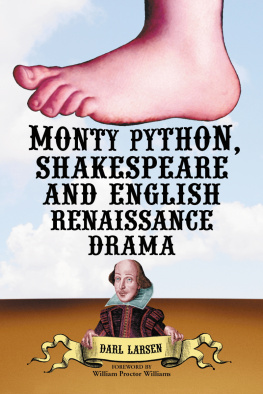
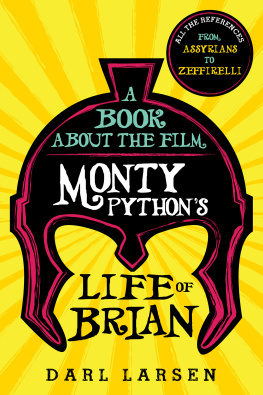
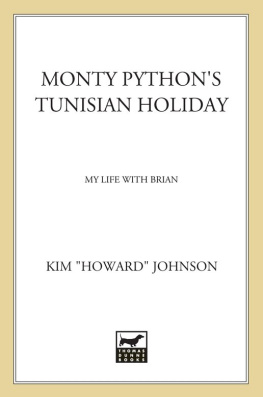
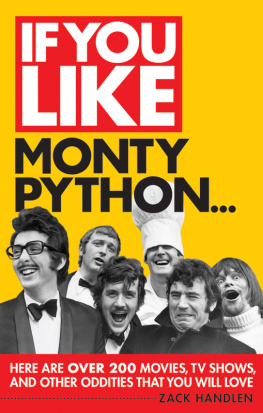


![Gilliam - Gilliamesque: [A pre-posthumous memoir ...]](/uploads/posts/book/175079/thumbs/gilliam-gilliamesque-a-pre-posthumous-memoir.jpg)

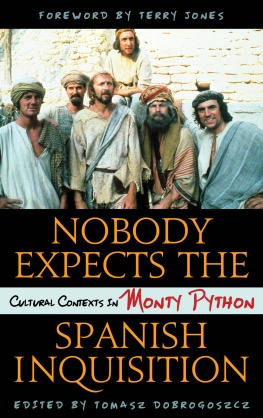

 The paper used in this publication meets the minimum requirements of American National Standard for Information SciencesPermanence of Paper for Printed Library Materials, ANSI/NISO Z39.48-1992.
The paper used in this publication meets the minimum requirements of American National Standard for Information SciencesPermanence of Paper for Printed Library Materials, ANSI/NISO Z39.48-1992.